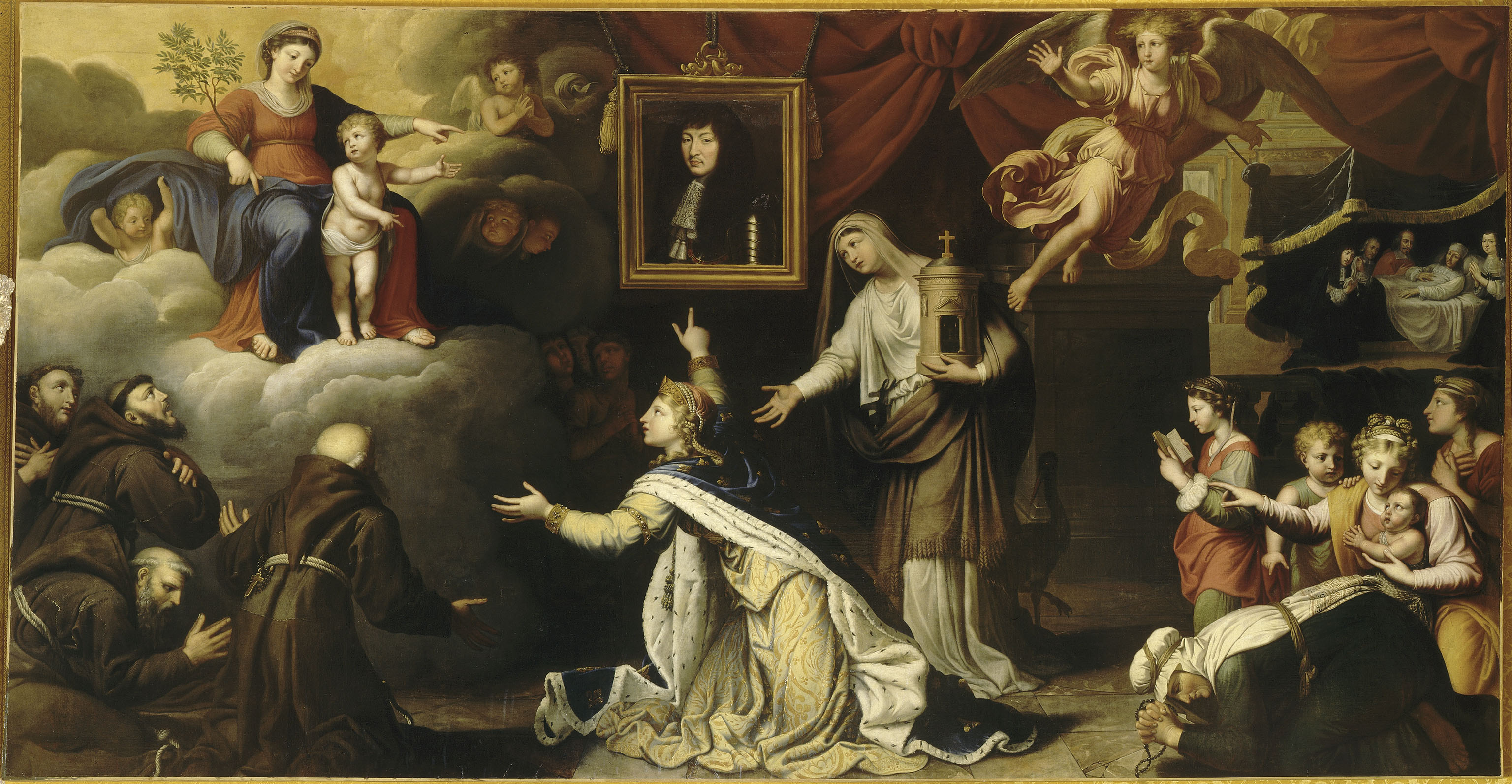7th July 1658: is Louis XIV dead? #2

Read the first part of the article.
But whilst this remedy was being tested on the sovereign, at the same time in Paris, a hasty succession and the dismissal of the cardinal were considered. Following mass services and processions organised throughout the country to obtain the grace of healing for the king from heaven, the infamous malintentionnés (literally, ‘malevolents’, a name used by Colbert and Mazarin for members of the Retz clan) assembled to prepare for a successor. They gathered together, conspired and even considered the young Philippe (who was already referred to by some as ‘Lord’), under the influence of a woman of character, whilst reading news from Brussels which announced that the king had died, but that the infamous Mazarin intended to conceal the truth. The cardinal was of course extremely reassuring in communicating the news and Colbert prepared for the worst, by hiding various papers, but this was nothing compared to news which had begun to circulate in foreign gazettes.
One of these, dated 7th July, explained that a shadow, a terrifying phantom, had appeared to Louis XIV, causing the fatal fever. How would it have been possible to survive such a punishment? There is a rumour circulating that he surrendered his spirit yesterday at 6pm and, half an hour before, he summoned a Carmelite priest to his bedside, instructed him very clearly to inform the monarchy, his mother and the Duke of Anjou, as well as his brother, that his death was a punishment from God, and ordered them, for the salvation of his soul, to make peace with the King of Spain […]’. The objective of the anonymous author of this umpteenth mazarinade (a pamphlet criticising Mazarin) was perfectly clear: to destabilise the royal power by making it appear that the king’s death was a divine punishment and the sign of a necessary geopolitical shift.
For his part, Mazarin retaliated by announcing, apparently unsuccessfully, the king’s recovery. He did this again at a later date by publishing a letter from the King’s first physician; quite a remarkable document which was intended to dispel rumours once and for all by certifying that Louis XIV was alive and well and was now out of danger. This short health bulletin, compiled and printed in Paris with great haste, was dated 16th July. Notably, it announced the king’s return to Paris, following a short break in Compiegne. Lettres de cachet (literally, ‘letters with a seal’), intended for rebels, signalled a bitter failure for the ill-fated cabal: whilst certain people benefitted from the sovereign’s illness by attesting their loyalty to Mazarin and Colbert, others succumbed to undue haste. A sick king could not be laid to rest. Moreover, as the Cardinal-Minister perfectly summarised, this affair could at least be credited for the dropping of masks, just as the famous ‘Day of the Dupes’ (10th-11th November 1630), which was ultimately favourable, for Richelieu. In a letter, Mazarin touched upon this ‘illness of the dupes, which seems to have occurred in order to make known the good and bad intentions of the nation’.
All is well that ends well: the king recovered (although he lost the majority of his hair…), the physician was rewarded and the antimony, which was responsible for this miraculous cure, was reauthorised. All that remained for the Crown to do was to ‘communicate’ details of the event which had led to the ‘revival’ of Louis-Dieudonné (‘Louis the God-given’). This was the precise message conveyed in a beautiful almanac, printed in 1659. This print celebrates the king’s recovery, portraying him in his recovery bed surrounded by the Queen Mother and his faithful ministers. In the upper section of the image, an angel from heaven is carrying an amphora of emetic wine; a novel, salutary unction. The revival of France: this title refers to the assimilation of the king’s ailing body with his entire kingdom. This medical occurrence enabled relations to be strengthened between the monarch and his subjects through processions and mass services of thanksgiving and the hymn, Te Deum.
From the summer of 1658 onwards, the Court clearly understood that the control of information was crucial, particularly with regard to health. Gradually, power became personalised, focused and positioned within an institution which, although sacred, remained subject to the most ferocious fevers. In the following months, Louis XIV’s brief romance with Mazarin’s niece reassured the King of Spain of Louis’ good health: the much-awaited marriage to the Infanta Maria Theresa could now take place, descendants would now be guaranteed and, finally, there would be ‘no more Pyrenees’.
Stanis Perez, MSH Paris-Nord






















